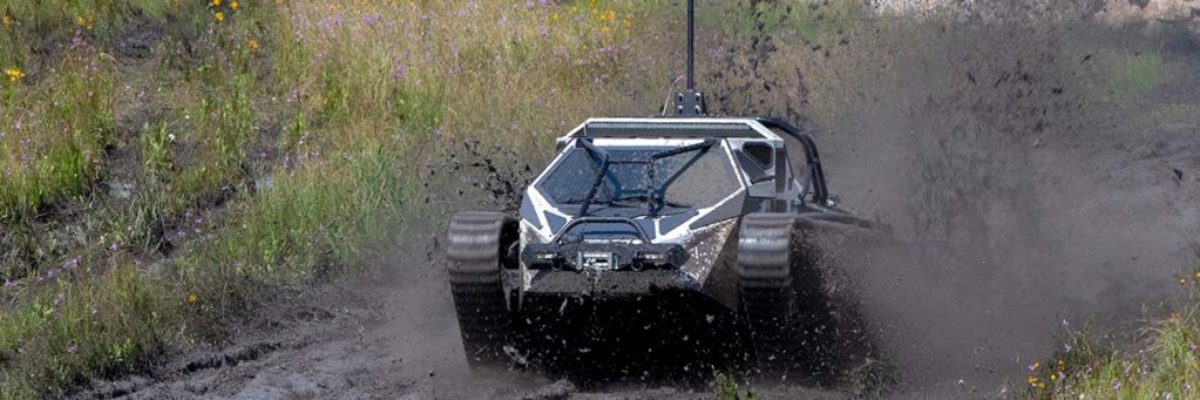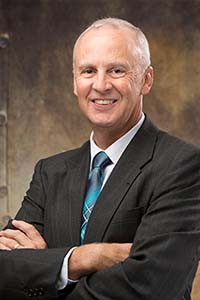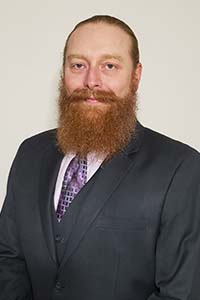
This focus area aids the understanding and development of methods and technologies that advance future unmanned vehicle systems operating in the air, on the ground, or maritime environments. The goal is to help facilitate effective intelligent vehicle interactions with servicemembers to engender the trust essential to forming efficient teams. When successful, intelligent vehicles will increase unit capabilities, situational awareness, mobility, and speed of action. The objective of this project is to produce demonstratable technologies that enable coordinated movement, via shared situational awareness, of a team of air and ground vehicles across rough terrain while avoiding obstacles to accomplish a mission.
Principal Investigators

Dr. Swaminathan Gopalswamy
Research Professor, Mechanical Engineering
sgopalswamy@tamu.edu

Dr. John Valasek
Professor, Aerospace Engineering
valasek@tamu.edu

Dr. Dylan Shell
Associate Professor, Computer Science and Engineering
dshell@tamu.edu

Dr. Srikanth Saripalli
Professor, Mechanical Engineering
ssaripalli@tamu.edu

Dr. Lucas Krakow
Research Engineer, BCDC
lwkrakow@tamu.edu
News

Smarter Combat Vehicles = Safer Soldiers
To talk, text and get around, people use cellular towers, fiber-optic lines and a global system of satellites. On the battlefield, the military has to bring its own system.
Featured Publications
- Maneuver, Aviation, and Soldier Division of the Army Capabilities Integration Center.
The U.S. Army Robotic and Autonomous Systems Strategy, March 2017. Distribution A. - Hassen, S., Chour, K., Weaver, A., and Gopalswamy, S., ““Nonlinear Control of a Ground
Vehicle using Data-Driven Dynamic Models”,” SAE Technical Paper 2020-01-0171,
2020, https://doi.org/10.4271/2020-01-0171. - L. Shangguan, J. A. Thomasson and S. Gopalswamy, ““Motion Planning for Autonomous
Grain Carts”,” in IEEE Transactions on Vehicular Technology, vol. 70, no. 3, pp. 2112-
2123, March 2021, doi: 10.1109/TVT.2021.3058274. - S. Mishra, P. R. Osteen, G. Pandey, and S. Saripalli, ““Experimental evaluation of 3d-lidar
camera extrinsic calibration”,” arXiv preprint arXiv:2007.01959, 2020. - S. Mishra, G. Pandey, and S. Saripalli, ““Extrinsic Calibration of a 3D-LIDAR and a
Camera”,” arXiv preprint arXiv:2003.01213, 2020. F-5 - T. Overbye and S. Saripalli, ““Path Optimization for Ground Vehicles in Off-Road
Terrain”,” p. arXiv:2101.00769. [Online]. Available: https://ui.adsabs.harvard.edu/abs/2021arXiv210100769O - P. Jiang and S. Saripalli, ““LiDARNet: A Boundary-Aware Domain Adaptation Model for
Lidar Point Cloud Semantic Segmentation”,” arXiv preprint arXiv:2003.01174, 2020. - P. Jiang, P. Osteen, M. Wigness, and S. Saripalli, ““RELLIS-3D Dataset: Data,
Benchmarks and Analysis”,” arXiv preprint arXiv:2011.12954, 2020. - T. Overbye and S. Saripalli, ““Fast Local Planning and Mapping in Unknown Off-Road
Terrain”,” in 2020 IEEE International Conference on Robotics and Automation (ICRA),
2020: IEEE, pp. 5912-5918. - Nayak, A., Rathinam, S., Pike, A., and Gopalswamy, S., ““Reference Test System for
Machine Vision Used for ADAS Functions”,” SAE Technical Paper 2020-01-0096, 2020,
https://doi.org/10.4271/2020-01-0096.